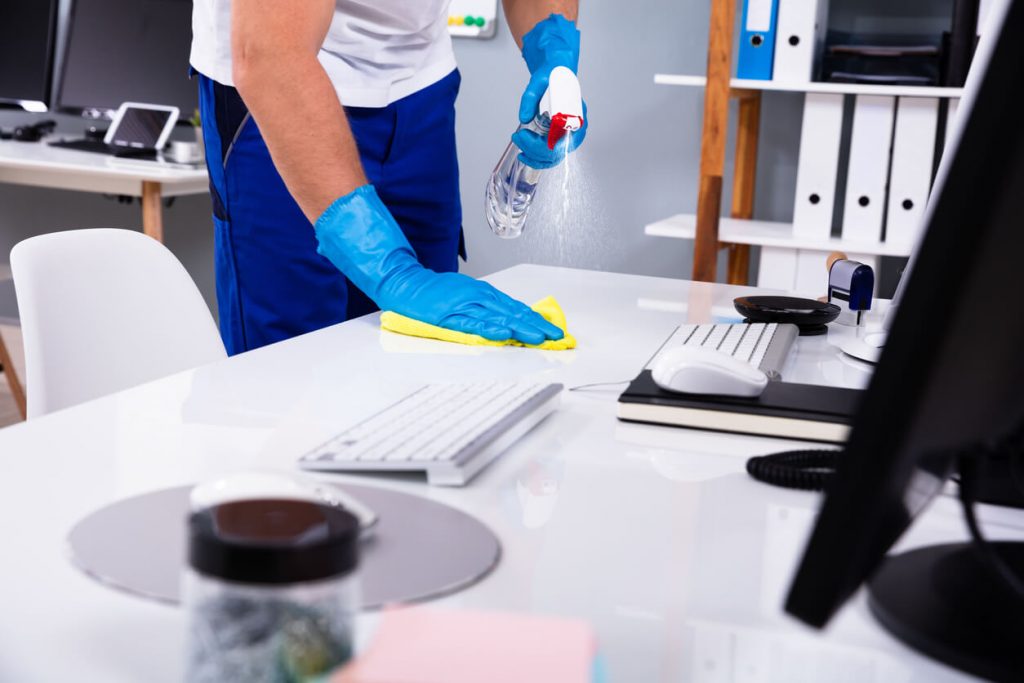Irrespective of your answer, one thing is for sure; some businesses are set to return to work. The COVID–19 pandemic led to the shutdown of economic activities in 2020. Even though economic activities started to resurface slowly, a lot of companies are still maintaining the coping techniques that they adopted during the lockdown.
However, for employers that have decided to bring their employees back to work, it is important to make sure that the HR department decision is beneficial to employees and does not put lives at risk.
With the use of human resources information systems, HR departments can help employees ease back into the transition from remote working to a physical office and here are a few ways how this can be done:
Work Schedule Flexibility
The transition from the convenience of working remotely to coming back to an office might not be an easy one. If not mandatory, working hours should be flexible for some or all employees. Some companies are considering permanently adapting to remote working by giving employees the option to decide for themselves.
Every HR system should be concerned with working towards the provision of an enabling environment that boosts employee performance. Another alternative is the staggered resumption schedule, where employees resume shifts on different days of the week.
Provide Mental Health Support
The COVID–19 pandemic had a devastating effect on the mental well–being of most people. Anxiety, depression, loneliness, and other psychological disorders were at an all–time high during the lockdown. People are yet to fully recover, so HR must be empathetic and considerate in dealing with employees.
Engage the services of mental health professionals for employees who may need help to get back on their feet. After a long time away from the physical workspace, productivity might not be as optimal in the first few weeks of resuming back to work. It is up to the human resource management system to take proactive measures in supporting employees. Employees should be encouraged to trust the HR system with their information without fear of judgment or stigmatization.
Use of Cloud–HR System
After the pandemic year, returning to the hustle of office life can be an overwhelming change for most people. Invest in the use of a cloud HR system to keep employees updated on day–to–day activities at the workplace. Some operations that were previously done manually can be implemented into cloud–based software. An example is the use of monitoring and surveillance software that enables managers to track productivity levels, especially for employees working remotely.
An innovative HR trend is the adoption of AI technology to monitor employee engagement such as work computer usage, emails or internal chats, virtual clocking, or attendance tracking. The human resources management system uses data analytics to monitor the experience of employees and provide incentives to improve their wellbeing.
Organise Training Programs
Providing training programs to ease employees back to work should be at the top of the priority list of an efficient HR system. The pandemic pushed individuals to reevaluate their career goals.
Employees should be encouraged to develop important skills that contribute to their career development. This helps to fill the knowledge gap and can also show the commitment of the company to the growth of their employees. Providing resources for up skilling or career development programs can contribute to improved employer performance and consequently, increased output for the company.
Apart from HR Systems, How Else can HR Departments Help their Employees?
Create a Safe Workplace
As more people prepare to return to work, one of the most important preparatory steps is to maintain safety at the workplace. The pandemic is not completely over yet, so health and proper hygiene practices should not be overlooked.
The HR team should ensure that the office is rigorously cleaned and shared spaces are routinely sanitized. Hiring a cleaning service to disinfect all work surfaces and common areas is a good first step the HR team can implement safety measures for all employees and employers, such as; wearing face masks, encouraging frequent hand washing, providing hand sanitisers, and putting up safety tips everywhere around the office. Workers need to feel safe enough to return to work; otherwise, they may quit their job to protect themselves from risk.
Maintain COVID–19 Health Guidelines
Following the strict guidelines set by the Health Protection Agency (HPA) should be an essential part of the HR department’s return–to–work strategy. Workers must have their temperature screened every day before entering the office premises.
When an employee falls sick, they should be encouraged to take a sick leave and get themselves checked. A workplace redesign can be effective in creating more space in the office to contain the spread of the virus and prevent an outbreak.
However, appropriate plans should be in place in case an outbreak happens. There should be designated isolation rooms within the facility to further curtail the spread of infection. Appropriate WHO steps for employers when a worker gets COVID–19 should be followed immediately.
Employ the use of contact tracing amongst the workforce. The efficacy of these procedures depends on the cooperative effort of all stakeholders; the HR professionals, office managers, and other executive leaders.

